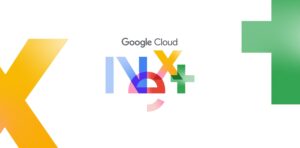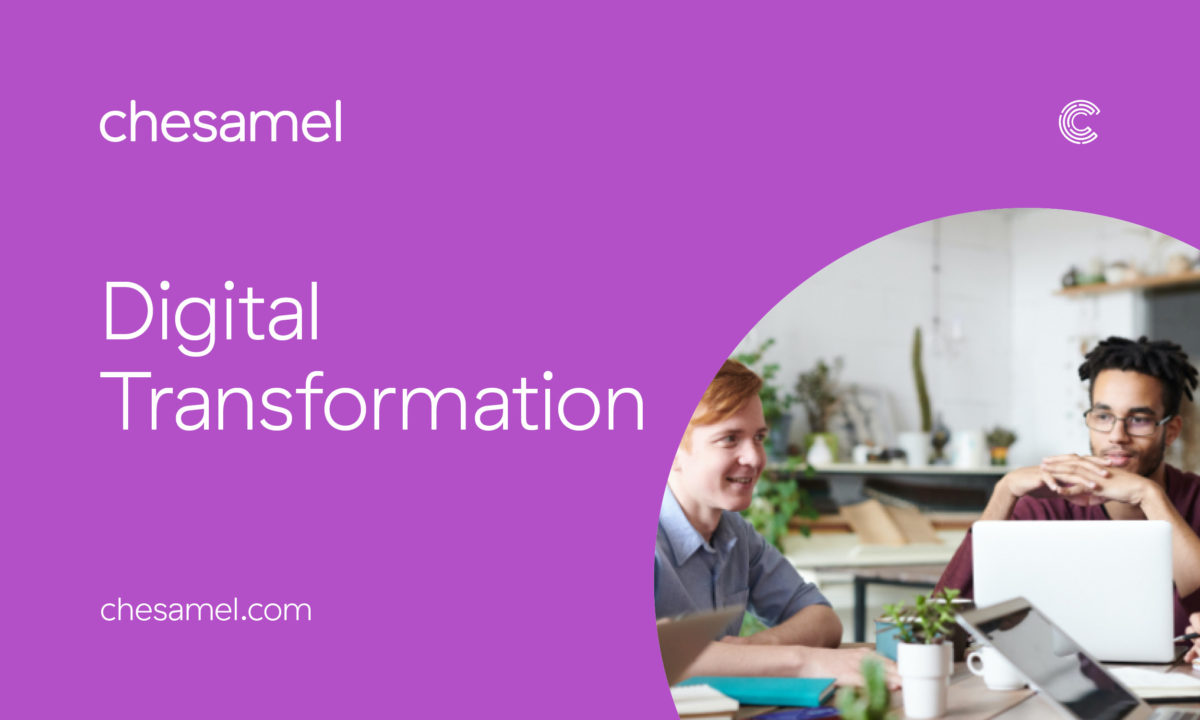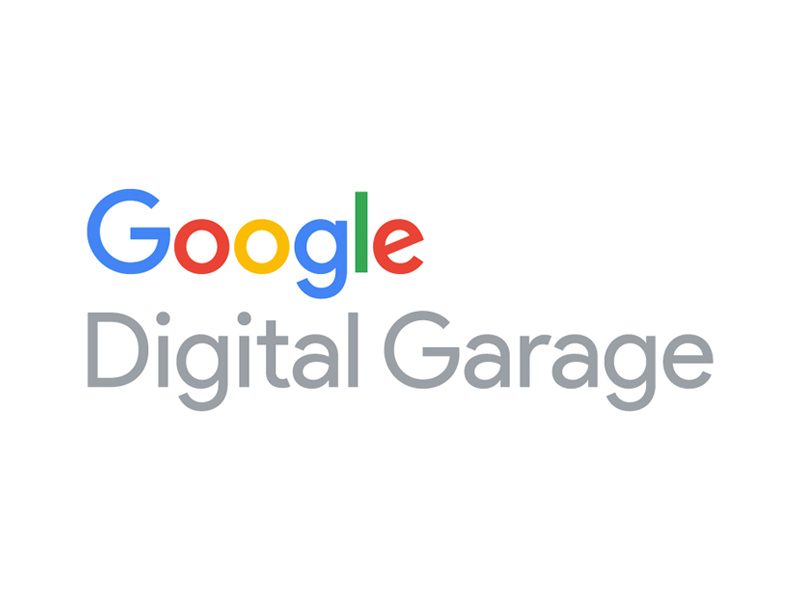The digital skills gap has, is and will be for some time, a very hot topic. The cause of concern for employers, employees, students and schools alike is that the education system which we have long relied on to provide the well-rounded candidates we require, skilled and ready for the ‘real world’, is no longer realistic or sustainable for the pace at which the digital world is advancing and developing.
The Digital Skills Gap In the Workplace
“Every year, we churn out millions of workers who are trained to do 1925-style labour.” Seth Godin, an American author and arguably thought leader regarding the digital skills gap and the disconnection between what is practised in education and what is needed said this; is it true? Are we that behind in knowing what we need to know to become leaders or innovators when we leave education?
This very topic was discussed in depth at the Davos World Economic Forum annual meeting in Switzerland last month and speakers from big players such as Microsoft, HCL, Dell and Salesforce all had their views on the digital skills gap and its continued development into 2019. Michael Dell (founder & CEO of Dell) stated unmistakably “The thing we are most worried and concerned about is the skills shortage”, elaborating on this to say that all sectors, businesses and education forces need to be involved in remedying this shortage.
The skills shortage comes from a lack of education, training, talent nurturing towards digital literacy. The measurement of this was questioned on this Davos panel, how could we measure the level of digital literacy when the term is so vast? C Vijayakumar suggested that a skill such as coding could be a good place to start as this is a skill which is now becoming both a more ‘basic’ requirement in industry and more widely learned. He noted that 65% of today’s primary school children will be performing roles that we have not even heard of when they reach their working lives.

The children whose curriculum, in 2019, demands beginning to learn to code in year one, that’s 6 years of age will, yes, be literate in this arguably essential new language, but by the time they enter the workforce at 16 to 18, there will undoubtedly be more, newer digital skills which will not yet have entered the education curriculum but are strongly desired in the workforce. So, how do we bridge this ever-renewing gap?
The Digital Skills Gap Across Demographics
Keith Block (co-CEO of Salesforce) highlighted that the fourth industrial revolution has ‘created opportunity and divide’.
‘Globally 85% of households have access to the internet’ (Gail Smith, former head of the US Agency for International Development). In least-developed countries, this percentage drops dramatically to 14% – opportunities for developing digital capabilities are not globally equal and this is allowing a vastly distorted global digital economy to develop.
Middle-skilled, middle-wage jobs are potentially feeling most effects of the digital revolution and divide as machine learning is currently most highly used for roles such as information processing, typically a middle-skilled role. Erik from MIT did also state however that as machine learning develops, there are uses for it from the most skilled to the most basic of job roles and that wherever machines can take on responsibility in the workplace they are also creating new roles elsewhere. So machines are not necessarily threatening jobs, but changing the workplace and recreating opportunities.
If we look at the difference in digital literacy and capability there is a huge gap between the private sector and the public sector & public individuals. The abilities of the private sector need to be more readily available to the public to even the divide. Although as a positive of the digital revolution, we are seeing more opportunities for new markets and in fact more competition is being created as it is generally easier for most businesses to reach their customers and come to market through automation and digital tools.

We’ll disappoint you by saying we don’t have the magic answer to digital skill equalisation in our next breath, however, we can advise on how to help to bridge your own digital skills gap right now and it involves, as does the answer to the global digital skills gap, lifelong learning.
- Upskilling, including online learning and offline courses. With the digital skills gap and digital skills development at the forefront of every business’ mind, there are a multitude of reasonably priced courses or free learning opportunities and initiatives.
- Your current employers may well have the means and the access to courses and development opportunities so ask, and if they’re offered, don’t be shy in taking them! If you can identify a handful of skills, or even just one which you could benefit from in your role, you’ll have a strong entry argument when discussing a training opportunity with your employer.
- Skillsharing is a big topic, in a business environment when you are surrounded by skills, different from your own it’s easy to be intimidated or just impressed, but instead, be inspired. These skills that you do not possess could be learned through one of the many skillshare programs, app or groups, so get involved. If you’re struggling to find this, you could always start or suggest a skillshare initiative of your own in the office!












